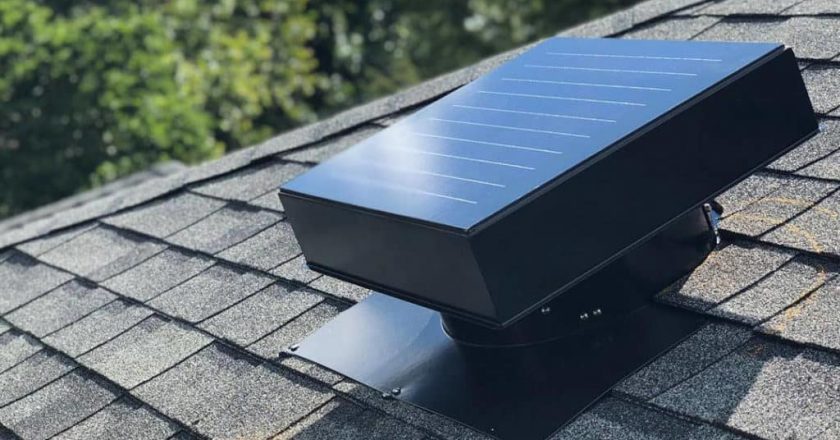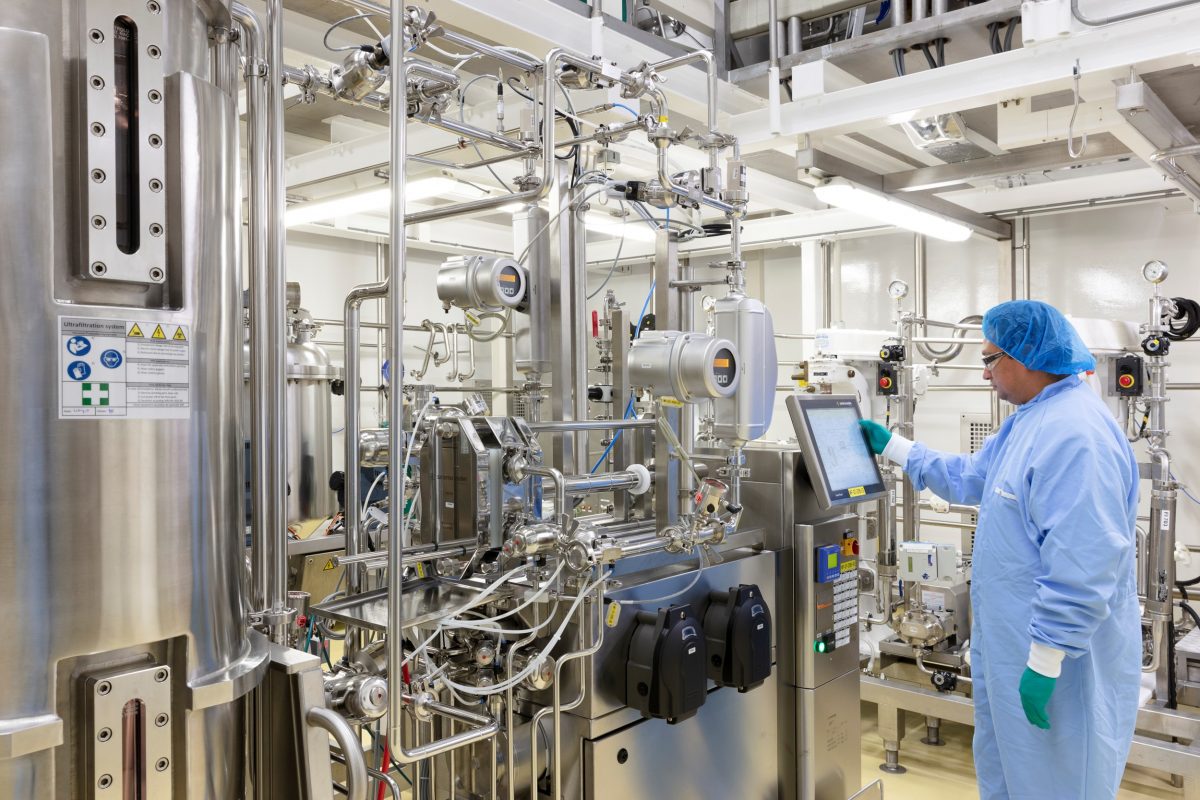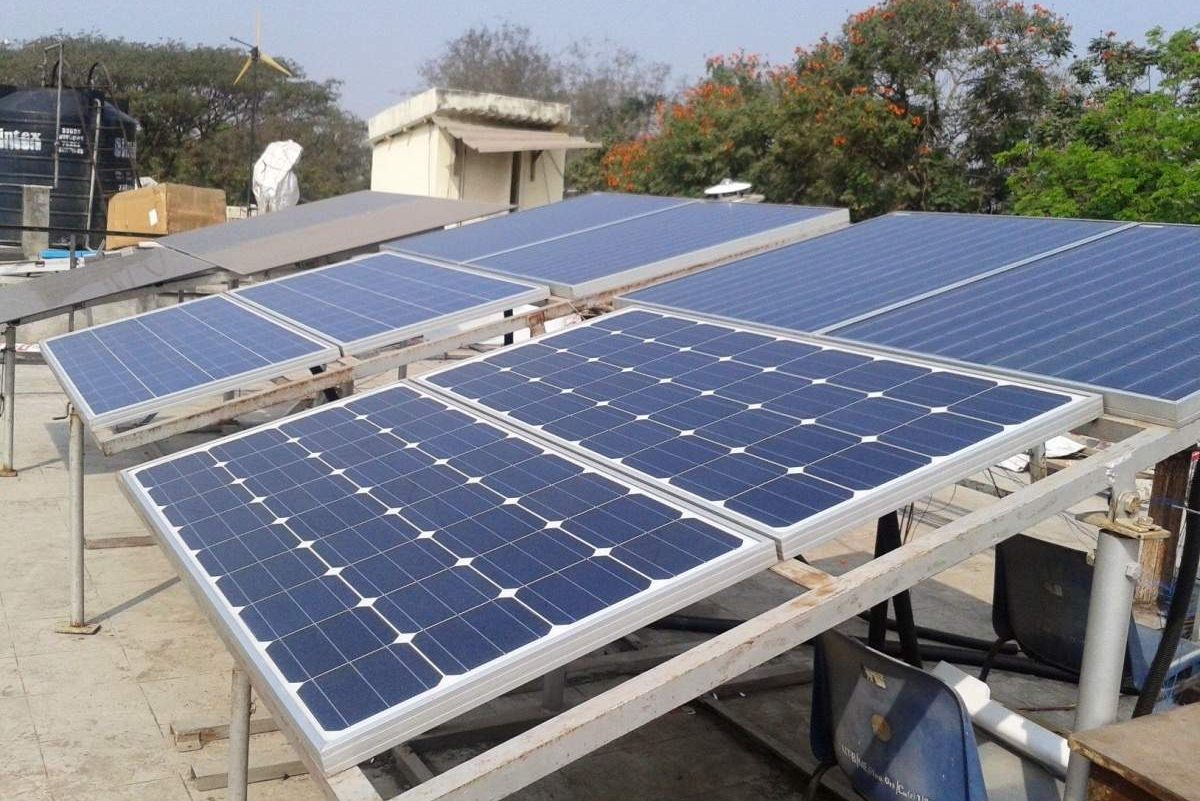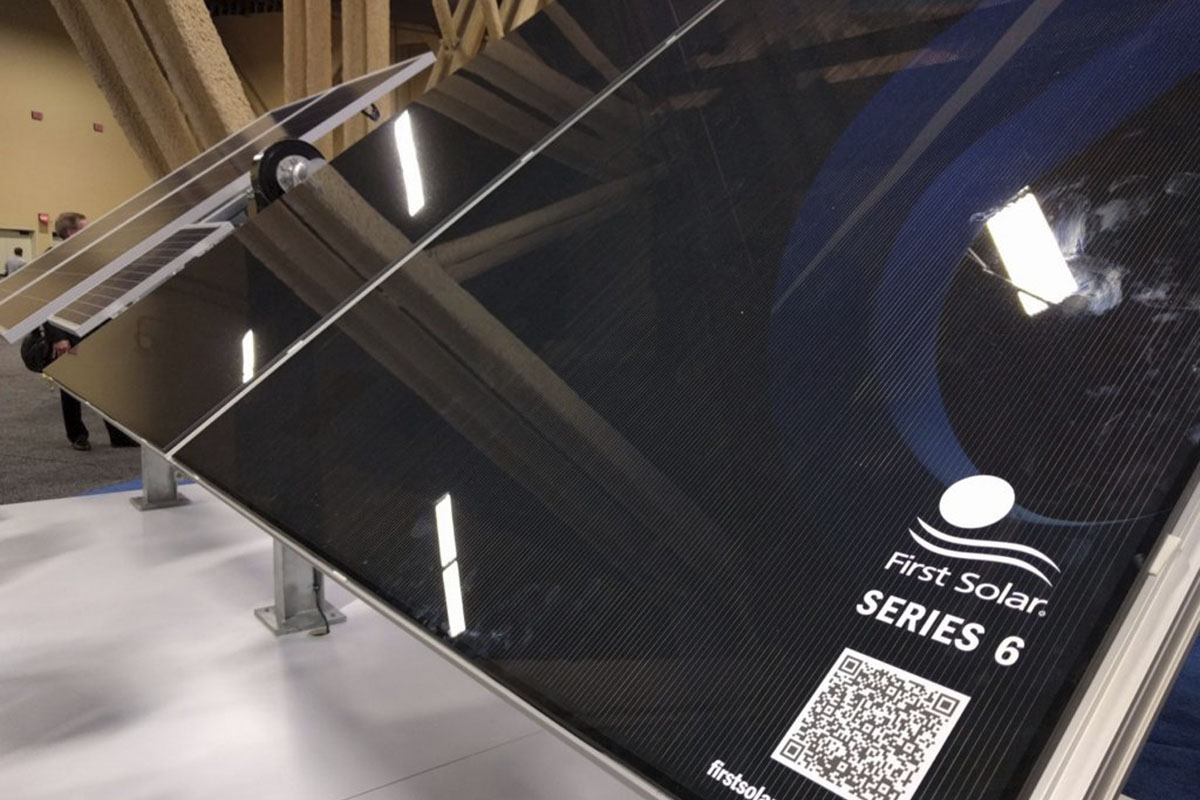How Many Solar Attic Fans Do I Need?
How many solar attic fans you need depends on factors such as the size of the attic space, capacity, fan power consumption, and the roof pitch. Considering all these factors, you can accurately estimate the solar-powered attic fans you need.
A solar attic fan may sound strange to some individuals, but it only amplifies the beauty of the diversity of solar products utilized in homes, factories, and offices. The attic space is one of the most neglected places in the house. Most times, when the house is very hot, you may wonder where the heat is coming from. The hot air in your attic is responsible for the increased temperature in your home. The solution will be attic ventilation, and this is where the solar-powered attic fan comes in.
What's a Solar Attic Fan?
This solar fan is an elect...







